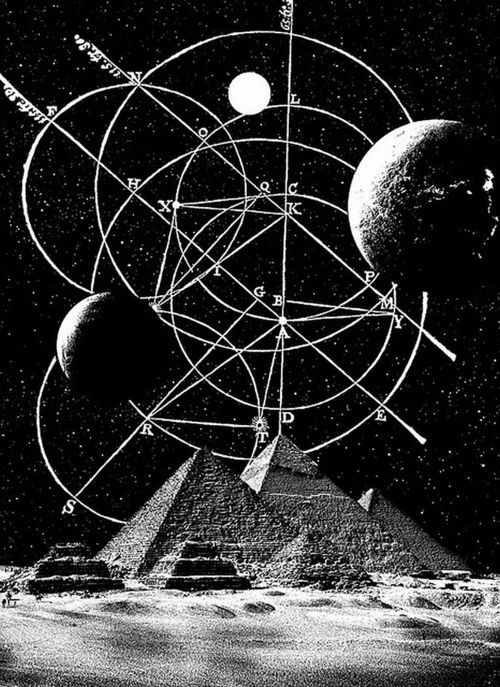 I have just completed a full year cycle of meditations on a
Neolithic theme as part of observation of the pagan year fests. I have learned
a lot, predominantly about the relationship of the Neolithic people’s
worldviews (as expressed through their monumental structures) with their everyday lives and doings. Most of
this is “inner understanding” that makes sense to me personally, but is not
‘true’ in an absolute or scientific sense. So please excuse me for not sharing all
of that in public.
I have just completed a full year cycle of meditations on a
Neolithic theme as part of observation of the pagan year fests. I have learned
a lot, predominantly about the relationship of the Neolithic people’s
worldviews (as expressed through their monumental structures) with their everyday lives and doings. Most of
this is “inner understanding” that makes sense to me personally, but is not
‘true’ in an absolute or scientific sense. So please excuse me for not sharing all
of that in public.
One thing that I consistently get, though, is that the people in those days
were extremely practical in their approach to almost anything. The concept of
highly abstract thought apparently had not developed yet or was in its earlier
stages of development. So, one built earth and stone structures in order to
accomplish straightforward things: a mound is something that brings you closer
to the sky, a barrow lets you enter into the earth, a henge or a circle sets
aside a piece of land for one or more specific purposes and erecting a stone
into an upright position is leaving a human mark upon the landscape. The latter
realization also explains why we find natural formations such as sea stacks,
standing pillars like the Old Man of Storr on the Isle of Skye or in the Bryce
Canyon in the USA so fascinating and often a bit eerie.
In this process I also started to feel that the division of the year into eight more or less equal periods with a “holiday” at the beginning or end did not really resonate with what was going on in the Neolithic world. Some of these (neo)pagan holidays started to feel quite artificial as seen from within, almost as if I was trying to force a modern notion onto an ancient belief system and not quite succeeding. After all, there is a gap of several thousand years between the late Neolithic in our part of the world and the earliest written accounts of year fest related folk customs. Most of the problems occurred with the “quarter days”, the more or less ‘Celtic’ festivals of Imbolc, Beltane, Lughnasadh and Samhain, while the solar equinoxes and solstices felt more naturally resonating with the energies I was trying to contact.
So, how to follow this up? The latter observation points the
way: next, explore in meditation the influence of the heavens onto the
Neolithic outlook on life, death and the world at large while assuming this is
somehow embedded into the monumental structures we know. There exists a –admittedly
wee bit controversial- branch of science called Archaeoastronomy, which studies
exactly this. So I am currently embarking on this road of study, and see where
it leads. But this also means I am abandoning the regular observation of the eight pagan holidays of the Wheel of the Year in favour of working on days
which seem natural to the monuments under study. That will be weird, as I have been
observing these for almost 15 years now. But if it is no longer useful, it
should either be transformed or abandoned. That is a fact of life!